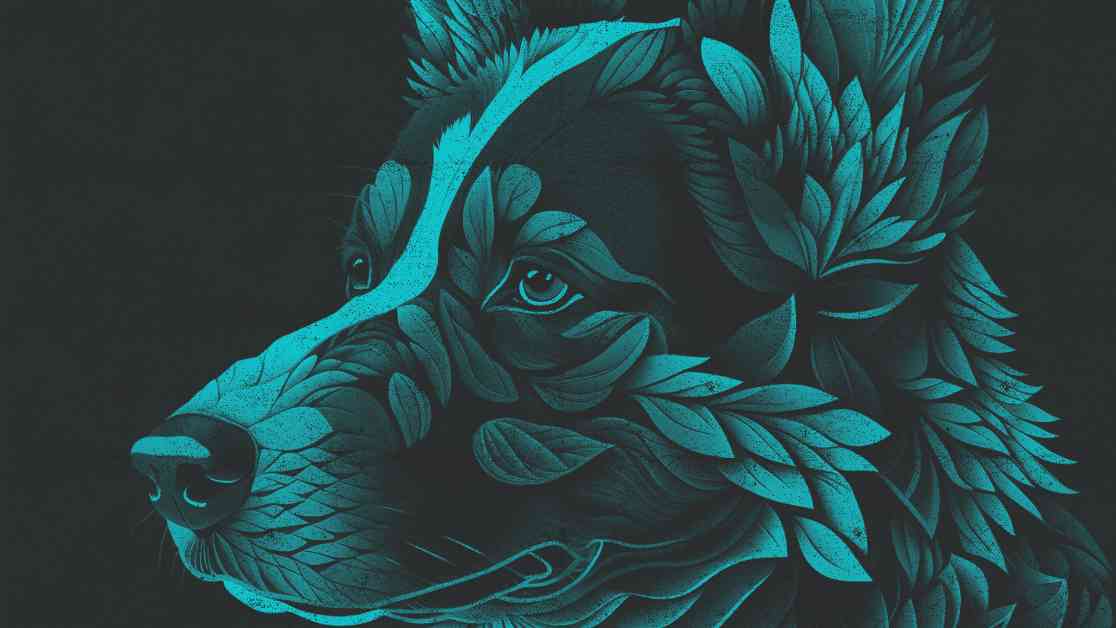The incredible connection between a dog’s sense of smell and sight is a fascinating aspect of canine biology that has captivated scientists and dog lovers alike. How exactly do dogs see smell? The answer lies in the extraordinary sensitivity of a dog’s olfactory senses compared to humans.
Anatomy of a Dog’s Sense of Smell
Dogs are equipped with a larger olfactory bulb and a higher number of scent receptors, making their sense of smell significantly more acute than that of humans. This heightened sense of smell, combined with their excellent vision, allows dogs to navigate their surroundings even in conditions of blindness. This unique combination of sharp olfactory senses and strong visual acuity enables dogs to adapt to their environment with remarkable ease.
The Role of Smell in the Domestication of Dogs
The high sensitivity of a dog’s sense of smell is believed to have played a crucial role in the domestication of dogs by early humans. Dogs were likely domesticated for hunting and protecting human communities, as their ability to detect potential prey and perceive their surroundings provided invaluable assistance to humans in securing food sources and safeguarding against threats.
The Skillful Integration of Smell and Sight in Dogs
Dogs rely on their sense of smell to track potential prey, while their visual capabilities allow them to understand their surroundings during hunting. The sophisticated integration of smell and sight in dogs provides them with a nuanced and rich perception of the world, enabling them to adapt to their environment more effectively.
In conclusion, the remarkable interplay between a dog’s sense of smell and sight showcases the intricate and complex nature of canine biology. This unique combination of sensory abilities not only enhances a dog’s survival skills but also deepens our understanding of the extraordinary bond between humans and dogs.
As a dog owner myself, I have witnessed firsthand the incredible ways in which my furry companion navigates the world through a combination of smell and sight. It is truly awe-inspiring to see how dogs interpret their surroundings and interact with the environment using their heightened senses. So, next time you observe your dog sniffing around the yard or gazing intently at a passing squirrel, take a moment to appreciate the remarkable sensory world that your canine friend inhabits.






















